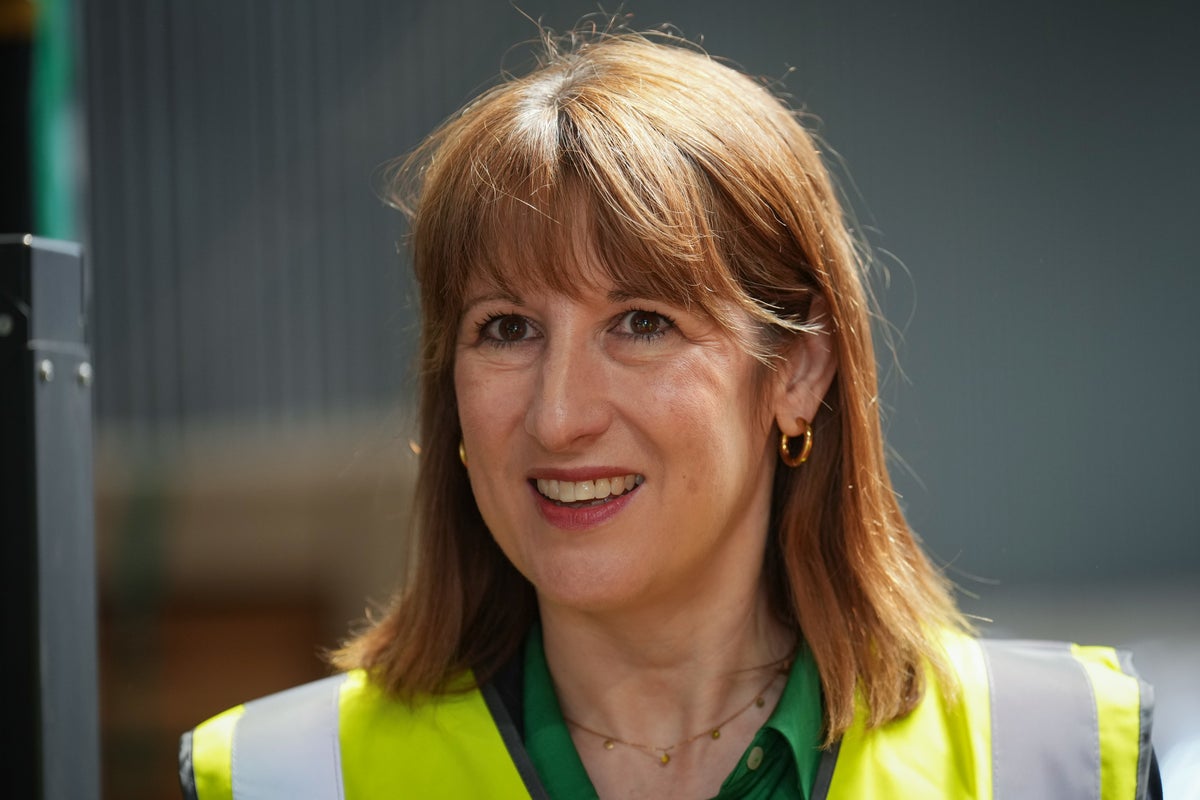The first clues from the investigation into the London Gatwick-bound Air India plane that crashed in India’s Ahmedabad last month, killing 260 people, reveal that the aircraft’s engine fuel cutoff switches shut off the fuel supply to the engines almost simultaneously, causing confusion among the pilots.
According to the preliminary report by India’s Aircraft Accident Investigation Bureau (AAIB), released early Saturday, the cockpit voice recorder captured one pilot asking the other why he had cut off the fuel in the final moments before the crash.
The other pilot responded that he had not done so, the report revealed, raising fresh questions about the position of the critical engine fuel cutoff switches.
The report from India’s AAIB did not identify which remarks were made by the flight’s captain and which by the first officer. It is also not immediately clear which pilot issued the “Mayday, Mayday, Mayday” call to air traffic control in Ahmedabad just before the crash.
In what is the world’s deadliest aviation accident in a decade, the Boeing 787 Dreamliner bound for London on 12 June from the western Indian city of Ahmedabad began losing thrust and started to descend shortly after takeoff.
One of the closed-circuit TV footages captured the moment the plane lifted off the ground, followed by the deployment of a backup energy source called the ram air turbine (RAT). These early signs, even before the report, suggested that the high-end aircraft had lost power from both engines.

New clues into the plane crash reveal that the fuel switches flipped almost simultaneously from “run” to “cutoff” just after takeoff. The preliminary report does not explain how the switches could have moved to the “cutoff” position during the flight.
At the crash site, both fuel switches were found in the “run” position, and there were indications that both engines had begun relighting before the low-altitude crash, according to the report released around 1.30am IST on Saturday (2000 GMT on Friday).
What are fuel cutoff switches?
The fuel control switches, prominently located on the critical cockpit control panel, regulate the flow of fuel into each of the plane’s two engines.
Pilots flying the aircraft use fuel cutoff switches to start or shut down engines on the ground. In the event of an engine failure during a flight, the pilots can manually shut down or restart engines using these switches.
They are centrally located on the pedestal between the two pilot seats, positioned just behind the throttle levers.
These switches cannot be accidentally or gently moved by pilots operating a flight. The fuel cutoff switches are spring-loaded to remain firmly in place. They operate in two modes — “CUTOFF” and “RUN”. “Cutoff” stops the fuel supply to the engine, while “Run” allows fuel to flow.

A pilot must first pull the switch up before moving it from the “Run” to the “Cutoff” position, or vice versa.
Aviation experts have emphasised that these switches cannot be accidentally moved while operating the flight deck; if they are moved, the engine power would immediately be cut off.
US aviation safety expert John Cox has said that the fuel cutoff switches and the fuel valves are two independent power systems, and that the valves are controlled by the switches.
Why do they matter in the Air India crash?
The fuel cutoff switches offer the first preliminary insight into the Air India plane crash.
According to the report, there was no indication of an onboard emergency that would have required an engine cutoff.
Switching to cutoff is typically done to shut down engines after a plane has reached the airport gate or in specific emergencies, such as an engine fire. No such situation was recorded in the report.
A pilot would almost never turn the switches off mid-flight, especially during the initial climb, said US aviation expert John Nance.
Additionally, the report notes, citing maintenance records, that the throttle control module on VT-ANB was replaced in 2019 and again in 2023.
“However, the reason for the replacement was not linked to the fuel control switch. There has been no defect reported pertaining to the fuel control switch since 2023 on VT-ANB,” it said.
Aviation experts in India have urged caution in drawing final conclusions from the preliminary report on the Air India flight’s crash, but said it is “conclusive that the fuel to engines was cut”.
“Remember, a preliminary report lays out the facts of the case, not the why of the case. So, don’t be quick to jump to conclusions. The only thing conclusive is that the fuel to engines was cut. The Why is the more mysterious question, one that will take time to establish,” said Ajay Awtaney, an Indian aviation journalist wrote on X.




